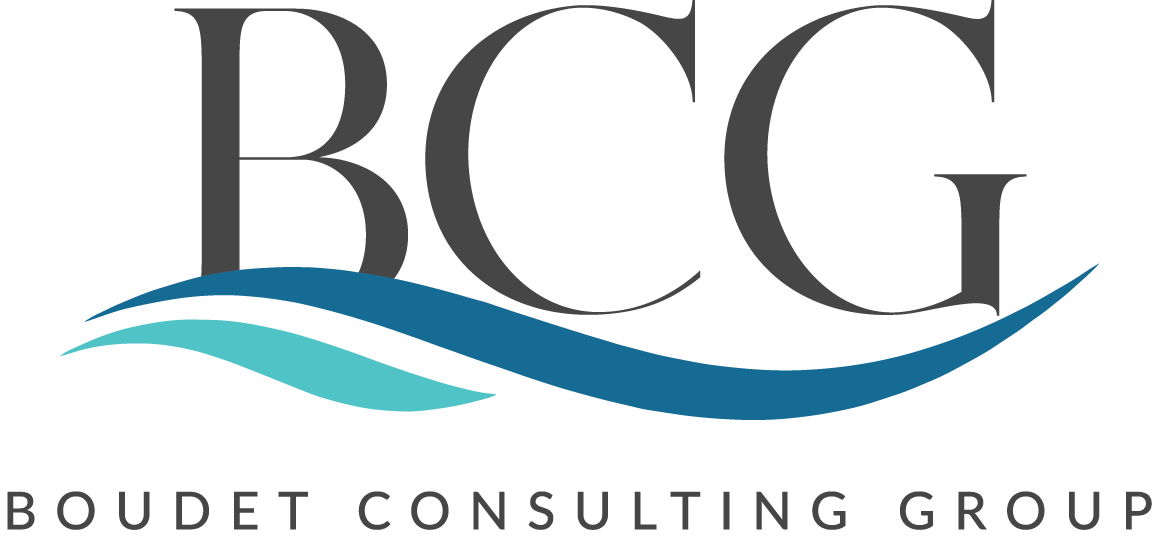Why Extra Water in the Wrong Place Could Be Costing You Millions
Aging sewer systems weren’t built for the challenges of today: intense weather, urban expansion, and deteriorating materials. Infiltration and inflow (I&I) quietly sneak into sewer networks, adding millions of gallons of unnecessary flow to treatment plants — along with costs, risks, and compliance headaches.
If you’re not tracking I&I, you’re losing efficiency, risking overflows, and wasting public dollars.
What’s the Difference Between Infiltration and Inflow?
Infiltration
Groundwater enters the system through cracks, joints, or degraded pipes — especially after storms or in high water table zones.
Inflow
Stormwater directly enters the system through illegal or outdated connections, like roof drains, sump pumps, and open manhole covers.
Together, I&I increases wet-weather flows and can double or triple the volume going to your plant — none of which actually needs treatment.
Why Aging Sewer Infrastructure Is a Magnet for I&I
-
Cracked Clay or Concrete Pipes → prone to root intrusion and leaks
-
Unsealed Manholes → act like storm drains during rain events
-
Combined Sewer Systems → mix stormwater with sewage, overwhelming capacity
-
Deferred Maintenance → allows small leaks to turn into big failures
If your system was built before 1980 and hasn’t seen significant rehab, chances are I&I is costing you more than you know.
Consequences of Ignoring I&I
-
💸 Higher Treatment Costs – More volume = more chemicals, energy, and staffing
-
💥 SSOs & Backups – Raw sewage in basements, streets, and waterways
-
🏗️ Infrastructure Damage – Hydraulic overload leads to pipe collapses and sinkholes
-
📉 Regulatory Risk – EPA enforcement for Clean Water Act violations
-
👎 Public Reputation Hits – No one forgets a sewer spill
Strategies to Fix and Prevent I&I
1. System Assessment & Flow Monitoring
Use CCTV, smoke testing, and portable meters to find infiltration sources and quantify the scale of the problem.
2. Pipe Rehab with Trenchless Tech
Deploy methods like Cured-in-Place Pipe (CIPP) or slip-lining to fix old pipes without ripping up streets.
3. Manhole Rehab
Seal manhole covers and collars to prevent direct inflow — a cost-effective first line of defense.
4. Engage the Public
Offer lateral sewer inspection programs. Incentivize residents to disconnect improper connections.
5. Green Infrastructure
Reduce stormwater at the source with permeable pavement, rain gardens, and bioswales. Less runoff = less inflow.
BCG Water’s Approach to I&I Mitigation
At BCG Water, we provide:
-
I&I diagnostics and flow modeling
-
Rehab prioritization plans
-
Grant support for infrastructure upgrades
-
Community education program design
-
Long-term capital improvement strategy
Whether you’re managing a historic sewer district or planning for future resilience, we build smart, sustainable paths to I&I reduction and Clean Water Act compliance.
Call to Action (CTA)
Ready to get proactive about I&I?
👉 Schedule a System Assessment and let’s futureproof your network before the next storm hits.

